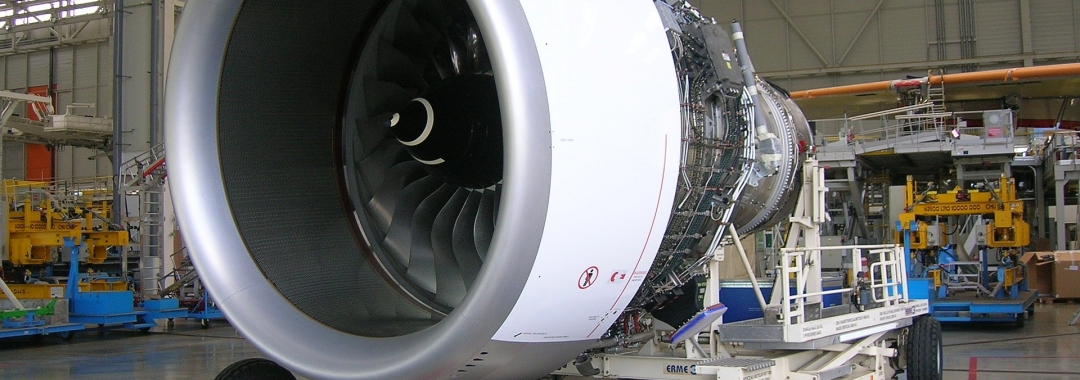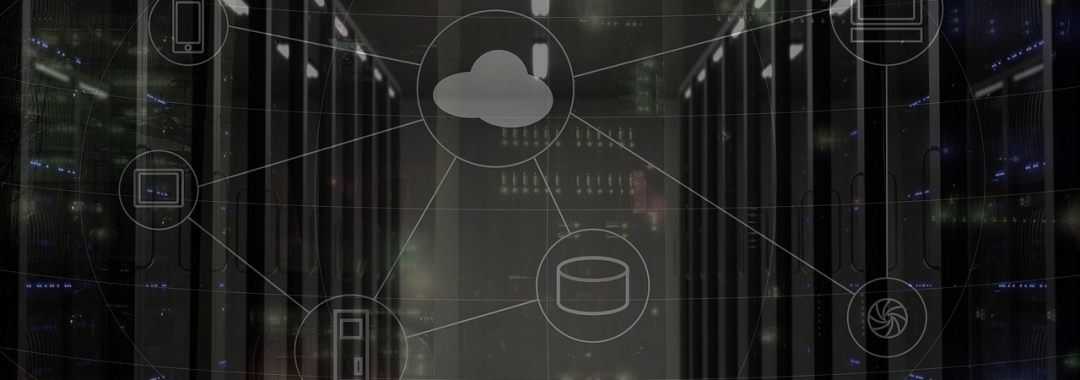Anyone that knows a little about remanufacturing has probably been told or read about the large multinational OEM (Original Equipment Manufacturer) examples of Caterpillar Inc., Xerox Inc., Rolls Royce Aircraft Engines, and Michelin…; and more recently Ricoh, and Renault.
These case-study examples are great, in showing how, in many cases through a mix of luck, being in the right place at the right time, historical, war, economical and regional contexts, and of course a persistence to go beyond the norm, these companies are clearly one of the first places to learn about concrete examples of revalue, and particularly remanufacturing, activities.
However, if you are not a multi-national, a lead manufacturing company (a company that leads it’s upstream and downstream supply chains - like Caterpillar Inc.), then you might be wondering as ‘non of the above,’ can your company even consider transitioning into this field - it already seems ‘out of our league’. And if one just focuses on the many of the typical case-study companies, and not the system and the processes, and the local opportunities in a region, then this reflection is valid - and probably quite typical.



